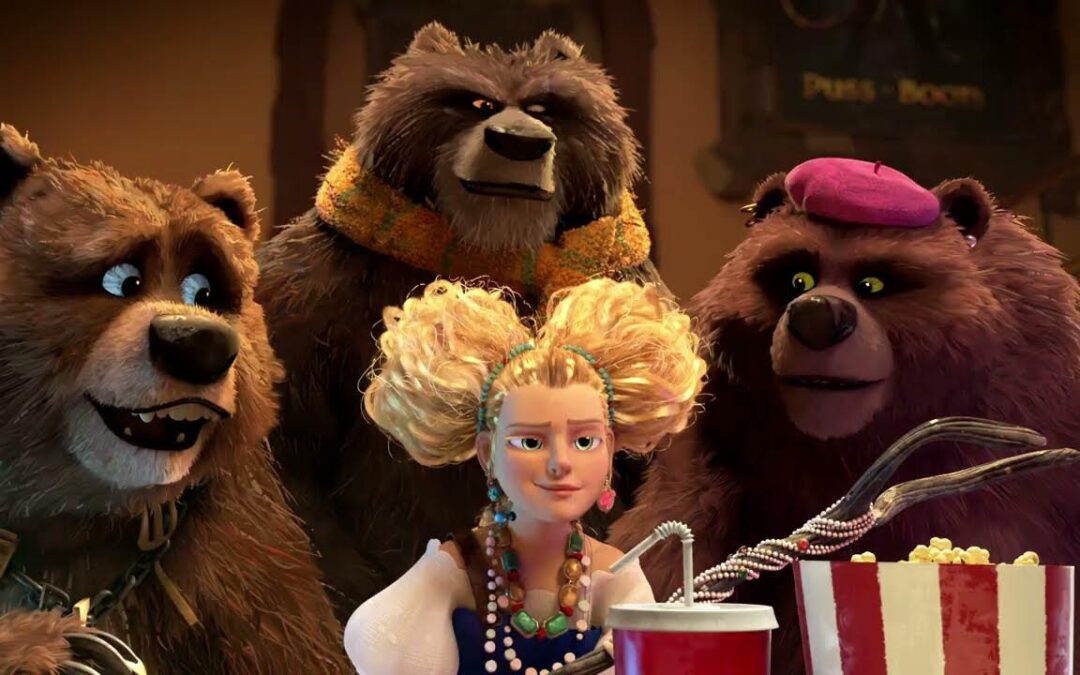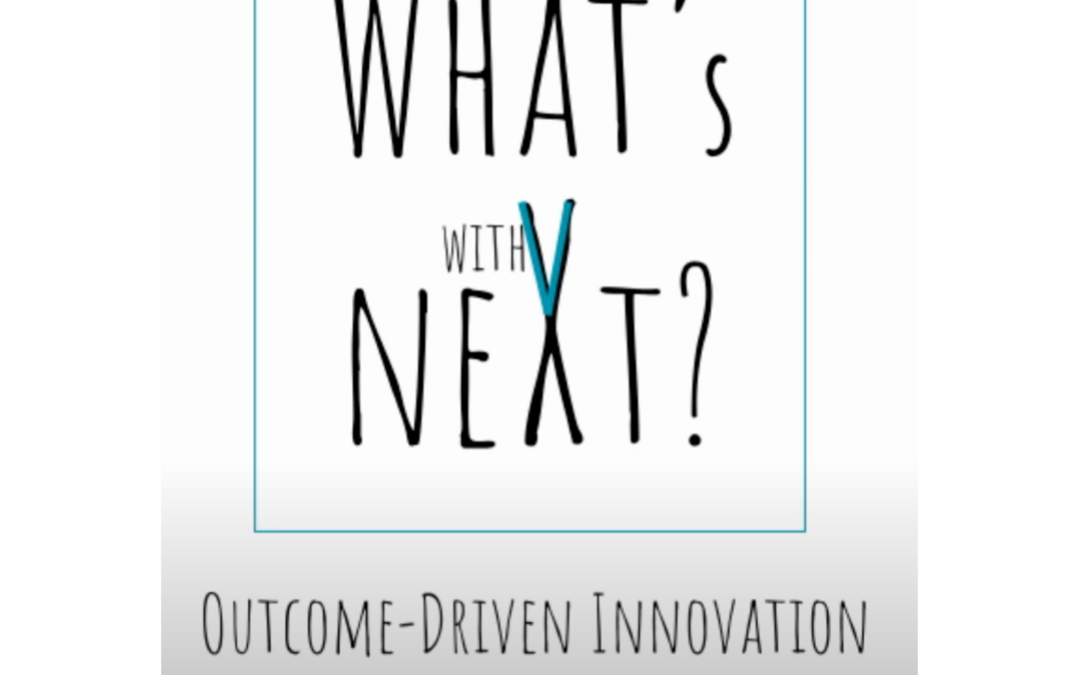
by Robyn Bolton | Jun 26, 2024 | Innovation, Leadership, Strategy
It’s not easy leading innovation. Especially these days. You need to do more with less. Take risks while guaranteeing results. Keep up with competition through incremental innovation and redefine the industry with radical and disruptive innovation. It’s maddening. Until you find the Goldilocks Zone of adjacent innovation.
Adjacent Innovation: From Middle Child to Just Right
As HBS Professor Regina E. Herzlinger and her co-authors point out in a recent HBR article, the US is in the midst of an innovation crisis. The cost of lost productivity, estimated at over $10 trillion between 2006 and 2018, is a stark reminder of the economic consequences of a lack of innovation. This figure, equivalent to $95,000 per US worker, should serve as a wake-up call to the importance of innovation in driving economic growth.
The authors identify the root cause of this loss as the ‘polarized approach companies take to innovation.’ While companies focus on incremental innovation, the safe and reliable oldest child of the innovation family, the VCs chase after radical, transformative innovations, the wild, charismatic, free-spirited youngest child. Meanwhile, adjacent innovation – new offerings and business models fo existing customers or new customers for existing offerings and business models – is, like the middle child, too often overlooked.
It’s time to rediscover it. In fact, it’s also time to embrace and pursue it as the most promising path back to growth. While incremental innovation is safe and reliable, it’s also the equivalent of cold porridge. Radical or transformative innovation is sexy, but, like hot porridge, it’s more likely to scorch than sustain you. Adjacent innovation, however, is just right – daring enough to change the game and leapfrog the competition and safe enough to merit investment and generate short-term growth.
Proof in the Porridge: 4x the returns in ½ the time
Last year, I worked with an industrial goods company. Their products aren’t sexy, and their brands are far from household names, but they make the things that make America run and keep workers (and the public) safe. The pandemic’s supply chain disruptions battered their business, and their backlog ballooned from weeks to months and even years. Yet amidst these challenges, they continued to look ahead, and what they saw was a $6M revenue cliff that had to be filled in three years and a product and innovation pipeline covered in dust and cobwebs.
From Day 1, we agreed to focus on adjacent innovation. For four weeks, we brainstormed, interviewed customers, and analyzed their existing offerings and capabilities, ultimately developing three concepts – two new products for existing customers and one existing product repositioned to serve a new customer. After eight more weeks of work, we had gathered enough data to reject one of the concepts and double down on the other two. Three months later, the teams had developed business cases to support piloting two of the concepts.
It took 6 months to go from a blank piece of paper to pilot approval.
It took just another 12 months to record nearly $25M in new revenue.
Those results are more than “just right.”
Be Goldilocks. Pursue Adjacent Innovation
Every organization can pursue adjacent innovation. In fact, most of the companies we consider amongst the world’s “Most Innovative” have that reputation because of adjacent innovation.
How will you become your organization’s Innovation Goldilocks and use adjacent innovation to create “just right” growth?

by Robyn Bolton | Jun 10, 2024 | Innovation, Leadership, Stories & Examples, Strategy
I recently listened to a podcast in which the speaker talked about his hike to Machu Picchu. He spoke about the difficulty of the hike and the moments when his confidence wavered. “But ultimately,” he said, “I was so compelled and pulled onward by the opportunity to see such a wonder, that I was able to push through.”
That was not my experience.
Many years ago, I did the same hike (in three days instead of four due to a scheduling error). And at no time did a feel “compelled and pulled onward.” In fact, about halfway through the first day’s hike, I had a complete meltdown in the middle of a beautiful grove of flowering trees. Luckily, I was so far behind the rest of my group that only my guide saw and heard the half-hour, expletive-laden beating of walking sticks against trees as I accused him of leading us to our deaths.
A few hours later, we reached our camp and the sherpas gave me tea and popcorn as they prepared dinner. I don’t know what was in the tea, but I felt much better after a cup and was grateful that a steady supply was offered throughout the next two days.
WHY you start matters
It was not the “opportunity to see such a wonder” that put me on the path. It was FOMO (fear of missing out), knowing that my friends were going on an adventure and not wanting to miss out.
Opportunity or FOMO. One of those is at the start of every journey and steels your mindset for the work ahead. If you see opportunity, you’re optimistic, resilient, and maybe even a bit idealistic. If you’re afraid, you rush through things, missing important signals and only seeing how far behind you are.
Companies do the same thing with innovation. They see a new technology, trend, or framework appear, sense an opportunity to use it to kickstart growth and leapfrog competition, and they start building. Or they see a new business model or competitor gain share and rush to mimic their approach.
WHAT you choose along the way determines how you end
It wasn’t “knowing where my journey was going, and what the journey was all about” that kept me moving forward. It was the knowledge that, unless I planned to join one of the Indigenous communities we passed through, I had to keep going.
No matter how you start, you will face a choice – continue, stay, or turn back – and that choice determines how your journey ends. If you turn back to the old ways because the new ways failed, you’re giving up. If you stay where you are, you’re stuck somewhere between the safety of what you knew and the opportunity ahead. If you keep going, you’ll stay ahead of those you never started, turned back, or stopped AND you’ll achieve the opportunity that “compelled and pulled [you] onward.”
Companies face the same decision moment with innovation. There’s a market downturn, geopolitical uncertainty, or a major global event, so executives shut down anything that’s not mission-critical while they wait out the uncertainty. A new leader takes the helm and wants to put her mark on the organization, so she rejects the old strategies and approaches and institutes her own, ignoring the counsel of others in the organization. A new competitor suddenly finds itself embroiled in controversy or bankruptcy, and executives chuckle and shake their heads because they knew all along that the only way that works is the old way.
What do you choose?
Do you start because you see the opportunity to do better or because you’re afraid of losing out?
When you face the inevitable challenge, do you turn back to “how we’ve always done things,” take up residence where you are because it’s good enough, or do you bravely persevere?
Most importantly, when you face the challenge, do you take a break, talk and listen to the people around you, and have some tea and popcorn before you make your choice?




